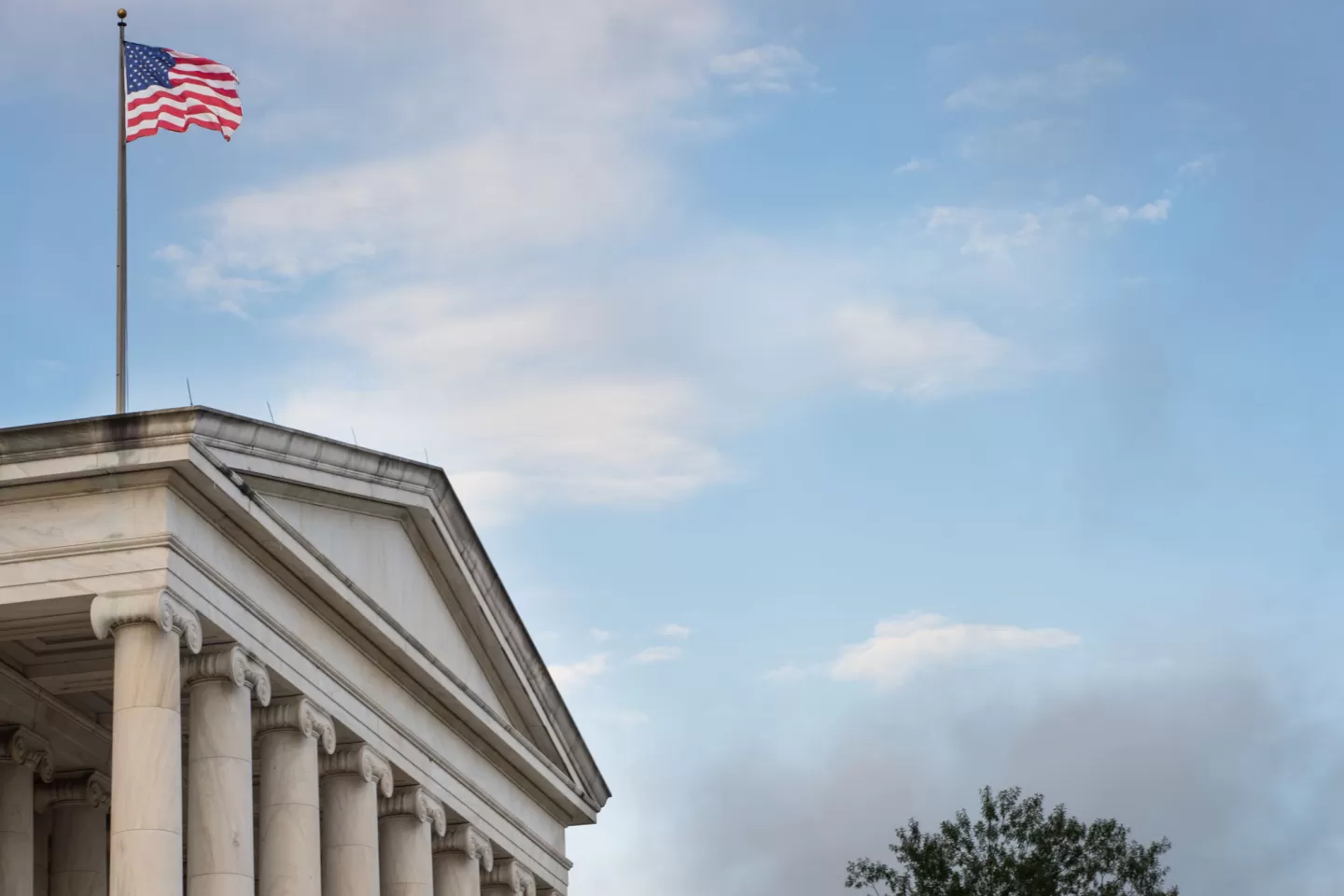Nonprofits no longer have the influence they once did to bridge divides.
The below article originally appeared as a contribution to “The Commons” in The Chronicle of Philanthropy on April 1, 2024.
***
In May, the Council on Foundations will host its annual conference in Chicago. The gathering—called “Building Together: Leading Collaboratively Across Differences”—aims to help “philanthropic leaders” develop “strategies and skills to bridge differences and counteract toxic polarization.” The roster of well-known presenters includes New York Times columnist David Brooks, High Conflict author Amanda Ripley, Braver Angels co-founder Bill Doherty, and several grant makers working on programs to strengthen democracy.
With another divisive election season at hand, the council’s meeting is timely. But what philanthropy can do to reduce “toxic polarization” is by no means obvious. To the contrary, foundations may have contributed to the problem by displacing grassroots efforts to perform public services with top-down, sometimes technocratic ones.
The idea that philanthropy can bridge social and political differences dates to Alexis de Tocqueville’s observations on America’s “civic associations” in the 1830s. With government weak and no aristocracy to do good works, Americans relied on these organizations to perform a variety of public tasks. In addition, these groups taught valuable lessons, including how to compromise to accomplish common goals. They showed the fractious citizens of that era, deeply divided even then, the value of “self-interest rightly understood” and of moderating disagreements.
Ever since, Americans have viewed philanthropy and the nonprofit sector—“civil society,” in other words—as bedrocks of democracy. But a great deal has changed since the 1830s. Government now provides many of the services civic groups once did. Business and philanthropy now underwrite activities that once depended on individual contributions of time and money. Through marriages, residences, and jobs, Americans have sorted themselves into communities that consist of people more like themselves than otherwise. Divisions—along ethnic, religious, racial, income, gender, and many other lines—have multiplied and erected barriers to working together.
Nearly two centuries after Tocqueville’s visit, Americans are less likely to join civic groups—the “Bowling Alone” phenomenon documented by social scientist Robert Putnam in the late 1990s. And when they do, they have less need to moderate their views, since they are more often in the company of people with whom they agree.
Organizations that used to “bridge differences,” such as political parties or federations of civic clubs, are no longer as influential as they once were. And the forces that once worked alongside them to create civic bonds are withering as well. Tocqueville saw newspapers as important for democracy, since they gave widely dispersed residents a common lens through which to view community problems. Today, not only is local journalism a shadow of its former self, but the proliferation of other sources of information—social media chief among them—is also likely to amplify differences more than lessen them. Not least important, long before Donald Trump arrived on the scene, leaders in politics and other walks of life had learned that polarizing rhetoric, such as negative advertising, worked.
Against these and other long-term trends and changes in American society and politics, what exactly can philanthropy do?
Philanthropy—especially as practiced by foundations—has long seen its role as addressing the root causes of problems, not just their symptoms. In recent years, it has launched a variety of high-minded efforts to reduce polarization in American society, such as enhancing civic education and culture, improving election laws and governance, redesigning economic institutions, and more. Pursuing any of these on a large scale—for example, in the nearly 17,000 school districts in the United States or still larger number of election districts—would challenge even the biggest grant makers. In any case, philanthropy can never be entirely disinterested but, to one degree or another, reflects the interests of its donors, trustees, and staffs. What they intend as a well-meaning effort to increase participation in elections or disqualify ineligible voters, for example, may look like an attempt to favor one party’s supporters over another’s.
For better or worse, philanthropy suffers from elitism. To paraphrase what a political scientist wrote several decades ago, “The heavenly chorus” of civil society “sings with an upper-class accent.” To offset that, many grant makers and nonprofits are inviting others into their decision making, even, in some cases, allocating funds to community groups to spend on what they consider priorities. However, the problem with this kind of participatory grant making (as it is often known) is that “the community” has many parts to it; deciding whom to support inevitably requires choosing some portions over others, usually favoring those who are most attuned to the donors. Moreover, if we really have less sense of common purpose, philanthropy may not like what the groups it supports wind up doing.
Another approach that will be featured in the Council on Foundation’s meeting is underwriting organizations like Better Angels that promote dialogue among people with differing views, religious beliefs, or partisan affiliations. Such efforts have a long history; for example, Chautauqua societies, which encouraged local discussion and character-building amid tent-show entertainment, were prominent features of American life in the 19th and early-20th centuries. But whether modern versions will be as influential is doubtful. So many other ways of spending one’s (limited) free time are now available that such conversations are likely to draw only those already committed to finding common solutions to local problems. And unless discussions are tied to action, they may resemble nothing more than a public-spirited debating society.
At a Council on Foundations meeting in 1980, Irving Kristol, an influential writer and thinker who helped create the Philanthropy Roundtable, pointed to a more promising approach. Philanthropy, he argued, should abandon its fixation on tackling root causes and instead focus on more concrete problems that its resources could improve. Rather than trying to reform education or end poverty, Kristol said, grant makers should underwrite better schools or help deliver more effective social services.
This is exactly what Americans of Tocqueville’s day did. Despite the growth of government (and philanthropy) since then, widespread unhappiness with schools, health care, and other public services suggests a lot that still can be done—and some promising efforts are already underway. A noteworthy example: the Philanthropy Roundtable’s Opportunity Playbook, which connects foundations and donors to community problem-solvers. By providing support for civic action to address real problems (or help reduce barriers people face in doing so), philanthropy will also do more to develop the habits and attitudes of democratic citizens.


